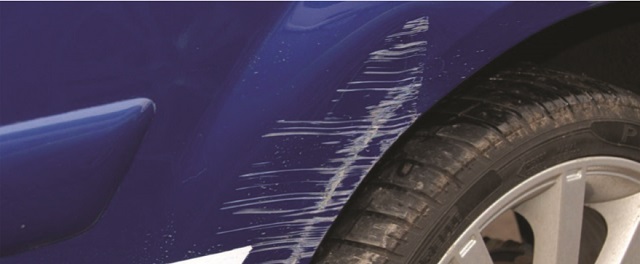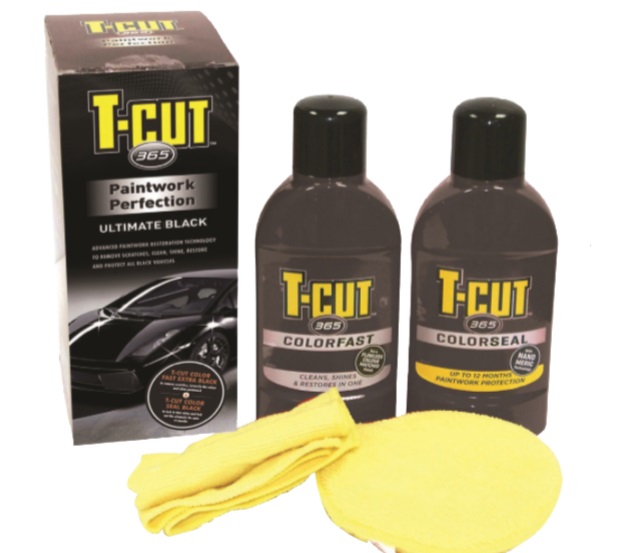
Removing the clear-coat paint on your car body means you must wax regularly to avoid algae
| The Independent | Scratches on the body of your vehicle irritate. Yet they are unavoidable with our narrow roads, bushes, bodaboda, rough car washers, and naughty kids who think your black car is the perfect blackboard. Unfortunately, there is a misconception that scratches are easy to remove with simple wax or machine buff. T-cut is the common prescription. It is named after the UK made removing or cutting compound. There are many similar products. But, as many car owners have realised, these are not always the solution to fixing scratches.
In thorough cleaning, restoration, and finishing of a car, T-cut is among the more aggressive measures one can take to restore a vehicle surface look. Yet it only works with the least serious scratches i.e. those on the top-most layer of car paint. Remember, your vehicle body has about four layers of paint; the preserving layer painted on the metal, the primer/undercoat layer which holds the colour, the colour itself, and the clear coat layer which protects the colour. Each of these layers is thinner than your supermarket plastic kaveera bag.
So, the T-cut works only with scratches on the surface i.e. on the clear-coat layer. Unfortunately, because it uses very abrasive technology, it often removes all the clear coating and leaves the colour underneath exposed. That is why it is important to regularly wax a vehicle after a T-cut or machine buff. The buffing is doubly problematic because it leaves more swirl scratches on the body that may not be visible to the human eye. This means regular waxing after is a must. That can be quite costly.
So, next time you are scratched, try something other than a T-cut. Try preservation which involves filling or putting back the layer rather than cutting it away.
Instead of T-cut, use smoothing polishes and fine polishes. These fill and round the edges of scratches and make them less visible to the eye. In case a machine is necessary, use an orbital buffer instead of the rotary high speed one.
Remember, apart from the top-most scratches, there is no T-cut, wax, polish, or glaze that will remove a scratch that has cut through the clear-coat and hit the colour underneath. For those scratches, you need touch up paint or they can be polished down to an almost unnoticeable level.
You know a cut is deep if you see white or an off-white or grey colour. That means the scratch has cut through the paint and hit the primer. It is one thin layer away from the metal. In this case, use touch up paint on the scratch as soon as possible.
When the scratch hits the metal, you have no choice but to repaint or use touch up paint. Normally, you will see a silver color. Failure to repaint means the body starts to rust – and that means more trouble!

****
 The Independent Uganda: You get the Truth we Pay the Price
The Independent Uganda: You get the Truth we Pay the Price



